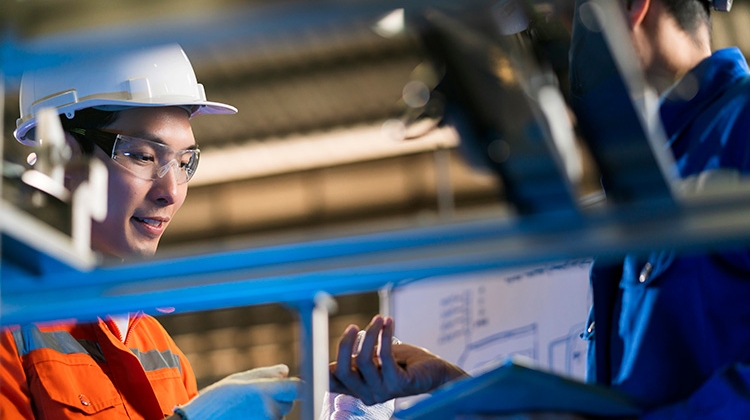In recent experience, the author has received multiple requests from the Malaysia agency to list the master and working cell bank manufacturer in Section 3.2.S.2.1 Manufacturer(s) for vaccine, where it’s stated clearly in Annex 4, “Guidelines on submission of documentation for a multisource (generic) finished pharmaceutical product for the WHO Prequalification of Medicines Programme: quality part” that a valid manufacturing authorization should be provided for the production of active pharmaceutical ingredients. If available, a certificate of compliance with GMP should be provided in the product dossier in Module 1.
The ICH M4Q guideline also states that for biotech products, which include vaccines; information for biologically sourced materials; information on the source of the cell substrate and analysis used to genetically modify cells and incorporated in the initial cells clone used to develop master cell bank; and information on the cell banking system, quality control activities, and cell line stability during production and storage, can be provided in Section 3.2.S.2.3 Control of Materials.
For some vaccine products, the master and working cell banks are not the starting materials. For example, for some vaccines, a linear DNA template is the starting material and to register master cell bank and working cell bank manufacturers means that the agency requires the license holder to register extreme upstream suppliers that are used to produce the starting materials. This requirement would limit the flexibility of starting material manufacturers to source their suppliers. Additionally, it would make Malaysia the only country that has a unique Section 3.2.S.2.1 Manufacturer(s), whichwhich can be burdensome for the license holder.
Another observation is the requirement for one releasing site per license. This means that for vaccines, companies are required to register two different licenses for the same formulation and strength to meet this releasing site requirement. This is because for vaccines, the manufacturing site that performs the batch release is different from the site that performs final product release. This complicates things, especially when the agency requires the certificate of analysis be issued by the manufacturing site that performs the product release. Typically, most emerging markets would require companies to register only one bulk drug product (DP) manufacturing site per license. Even though this limits supply flexibility, the practice is quite common for most emerging markets. However, limiting one DP releasing site per license is unique in the emerging markets for vaccine. Currently, there are only a few countries or agencies in the world that request one DP releasing site per license globally.
The author strongly advocates for regulatory convergence and harmonization between major and emerging markets. Dialogue between industry and the agency can help each understand the other’s concerns. This alignment would not only benefit patients receiving the latest variant of the COVID-19 vaccine every year, but also ensure the quality and safety of pharmaceutical products and prevent delays in manufacturers' post-approval changes that could impact supply continuity.
ISPE’s Regulatory Quality Harmonization Committee (RQHC)’s Asia-Pacific Regional Focus Group tracks and disseminates regulatory, quality, and compliance developments in that region. The group includes pharmaceutical professionals located in or having specific responsibility for Asian markets. Read some of the topics recently surfaced by the group.
Other blog posts by the RQHC Asia-Pacific Regional Focus Group:
Do you support your company’s business in Asia-Pacific or have questions related to the regulatory environment in this important market? If so, you may be interested in learning more about, or becoming a member of, the ISPE Regulatory Quality Harmonization Committee (RQHC)’s Asia-Pacific Regional Focus Group. Contact Carol Winfield, ISPE Senior Director of Regulatory Operations.





